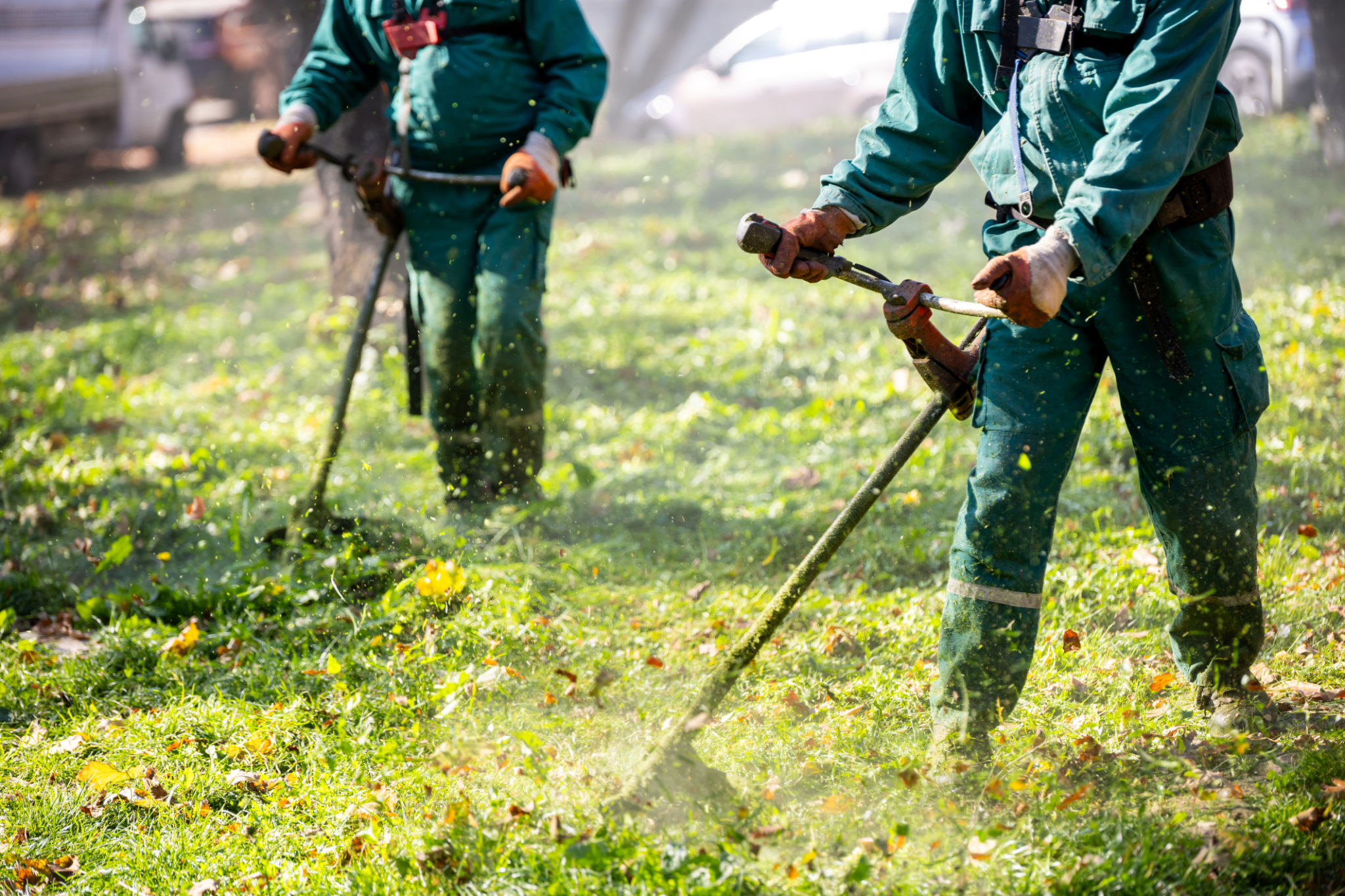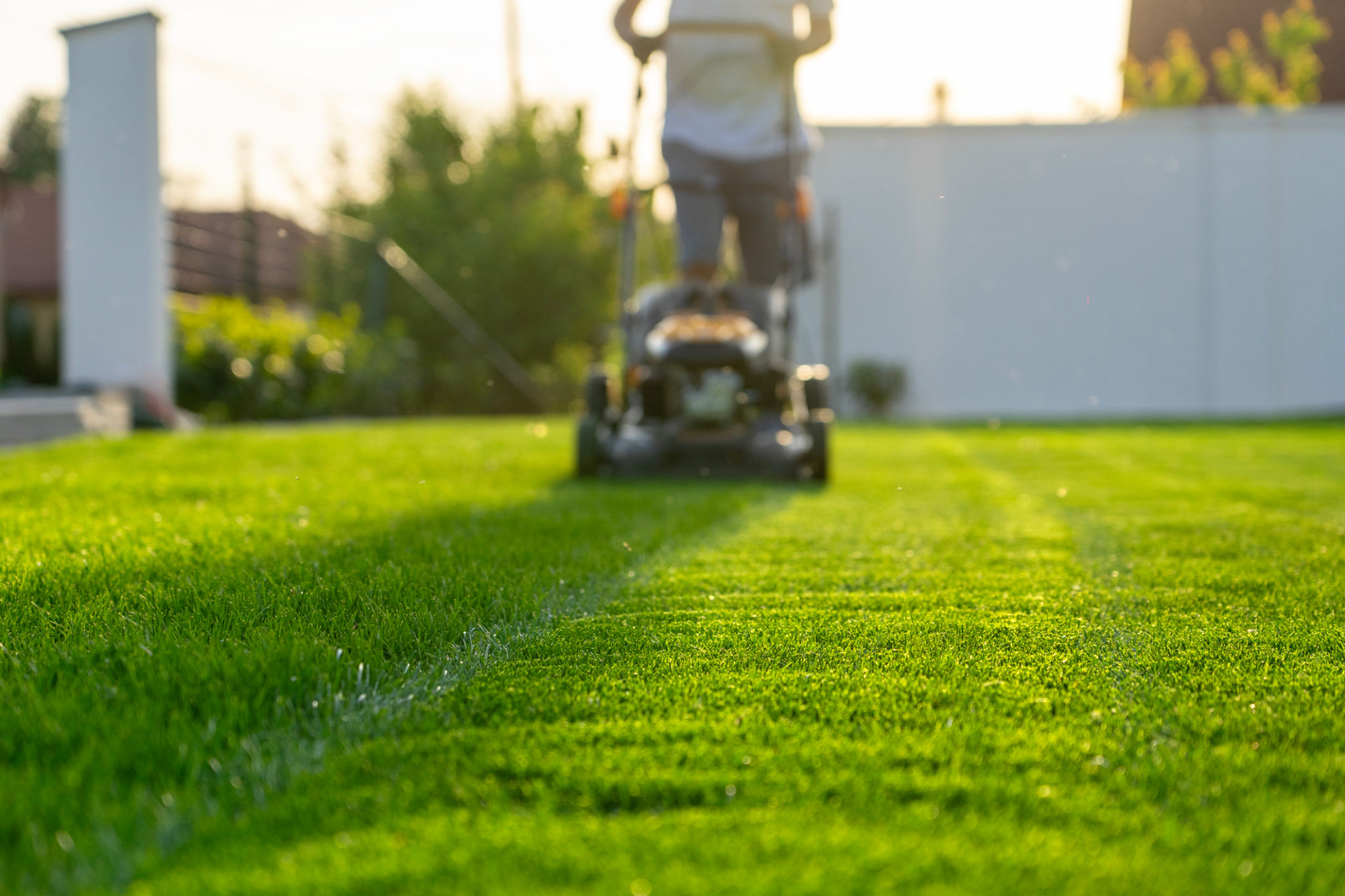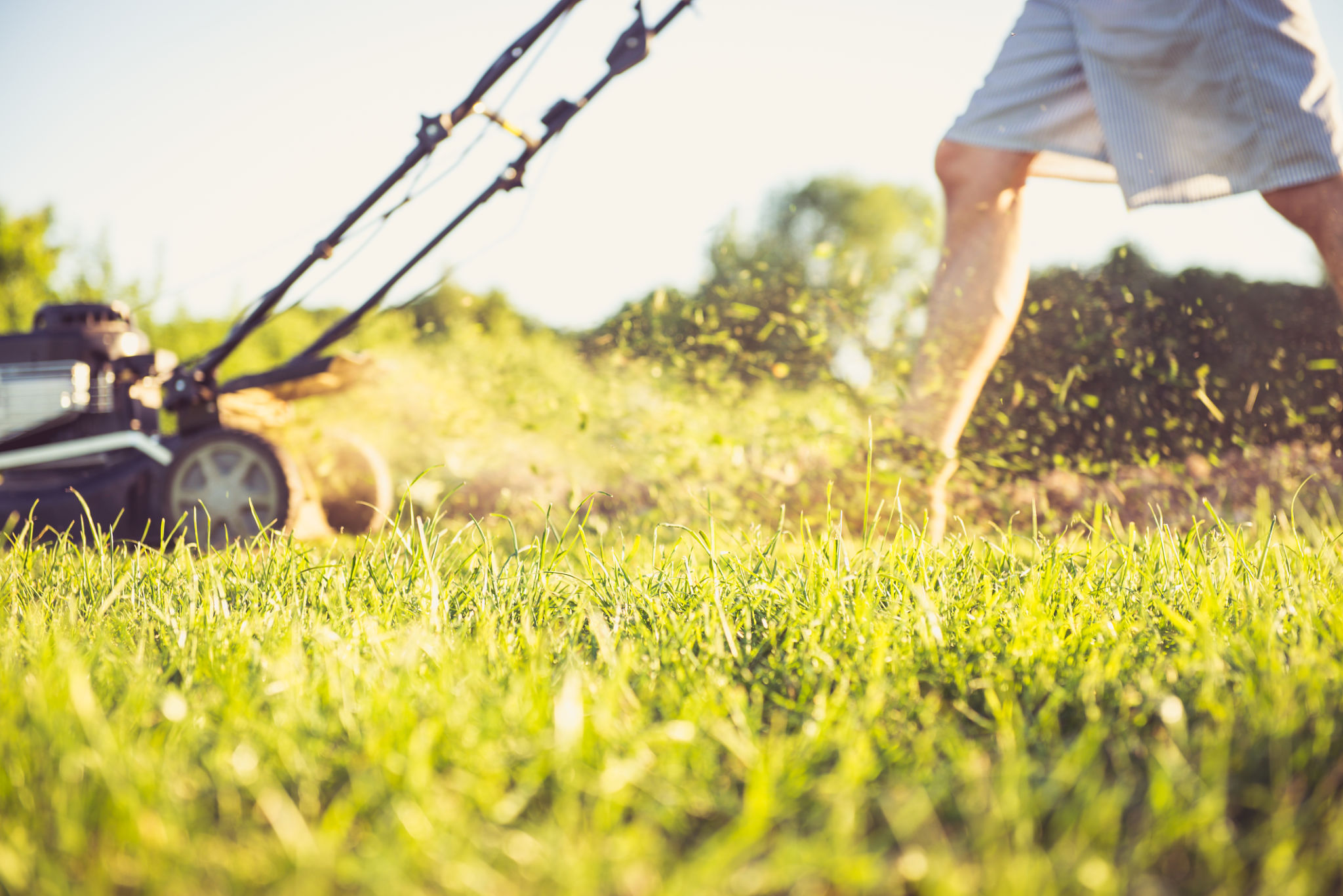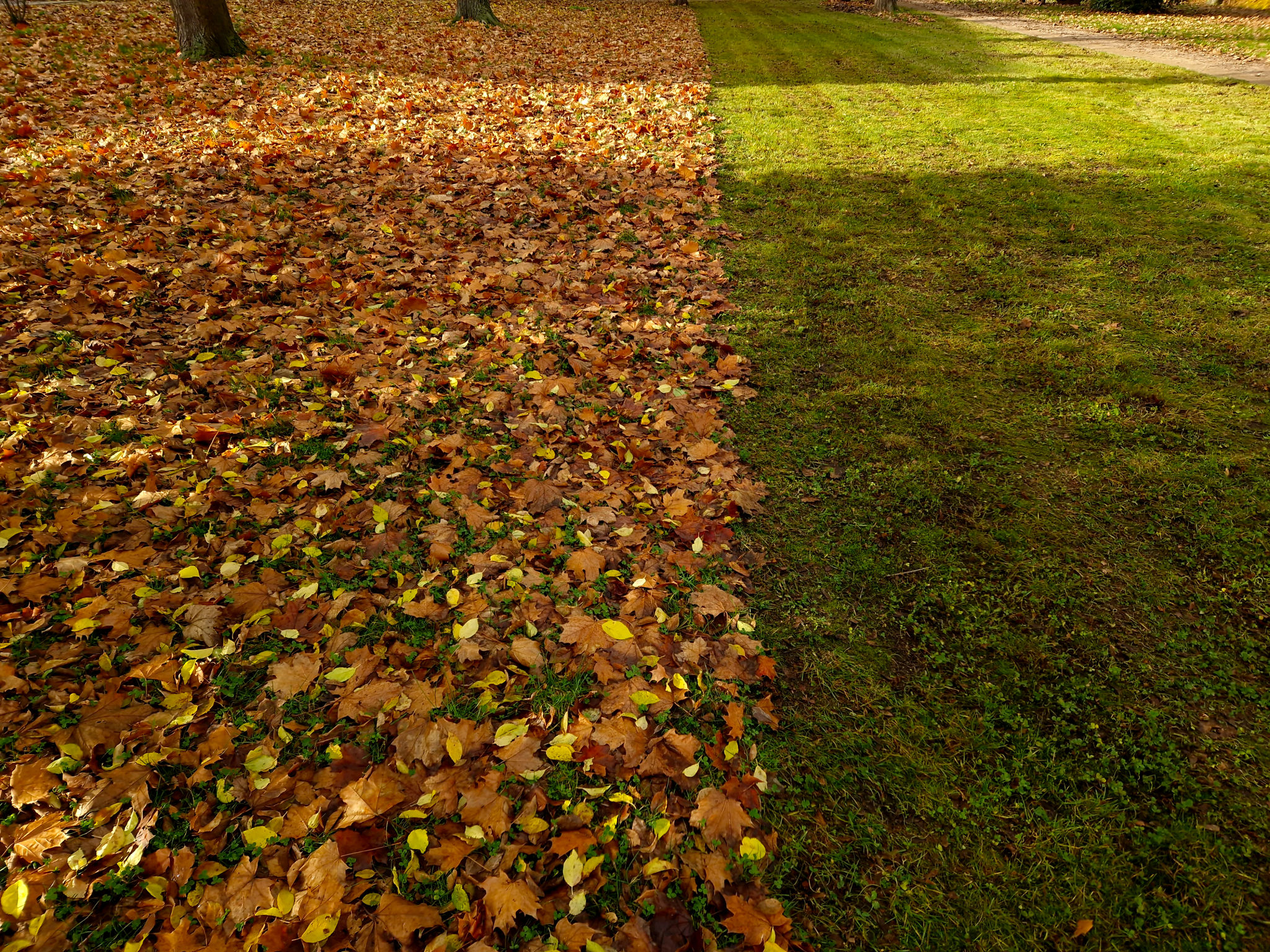Seasonal Lawn Care Tips for a Lush Yard Year-Round
Ro
Understanding Seasonal Lawn Care
Maintaining a lush, green yard throughout the year requires understanding the unique needs of your lawn in each season. By adjusting your lawn care routine to match the seasonal changes, you can ensure your grass remains healthy and vibrant. Whether you're facing the scorching heat of summer or the icy chill of winter, each season presents its own set of challenges and opportunities for lawn care.

Spring: Preparing for Growth
Spring is the ideal time to prepare your lawn for the growing season. As temperatures rise and daylight increases, your grass will begin to emerge from its winter dormancy. Start by raking away any debris and dead grass that accumulated over the winter months. This will help prevent diseases and allow sunlight to reach new growth. Aerating your lawn is also beneficial in spring, as it improves soil drainage and allows nutrients to penetrate deeper into the soil.
Fertilization is another crucial step in spring lawn care. Choose a balanced fertilizer to provide your grass with essential nutrients needed for robust growth. It's also a good time to apply pre-emergent herbicides to prevent weeds from taking over as temperatures rise.

Summer: Managing Heat and Drought
Summer can be a challenging time for lawns due to high temperatures and potential drought conditions. It's important to adjust your watering schedule to ensure your grass receives adequate moisture. Water deeply but less frequently to encourage deep root growth, which will help your lawn withstand periods of drought.
Mowing is another critical aspect of summer lawn care. Keep your grass slightly longer than usual, as taller blades provide shade to the soil, reducing evaporation and keeping roots cooler. Regularly sharpening your mower blades will ensure clean cuts, reducing stress on the grass.

Fall: Preparing for Dormancy
As temperatures begin to drop, fall is the perfect time to prepare your lawn for the coming winter months. Begin by gradually reducing watering and mowing frequency. Fertilizing in the fall is essential, as it helps strengthen roots and provides nutrients that will be stored throughout the winter.
Overseeding is also beneficial in the fall to fill in any bare or thin spots in your lawn. Choose a grass seed that matches your existing turf and apply it evenly across your yard. This practice encourages a thicker lawn come springtime.

Winter: Protecting Your Lawn
Winter can be harsh on lawns, but with proper preparation, you can minimize damage. Before the first frost, make sure to clear any leaves or debris from your yard. This prevents mold and diseases from developing under snow cover. Avoid heavy foot traffic on frozen grass, as this can damage the turf.
While active lawn care isn't necessary in winter, monitoring weather conditions and taking steps to protect your grass from extreme cold or ice build-up can help maintain its health until spring arrives.
By following these seasonal lawn care tips, you can enjoy a lush, vibrant yard year-round. Remember, the key is to adapt your routine to the changing seasons and provide your lawn with what it needs most during each phase of its growth cycle.
